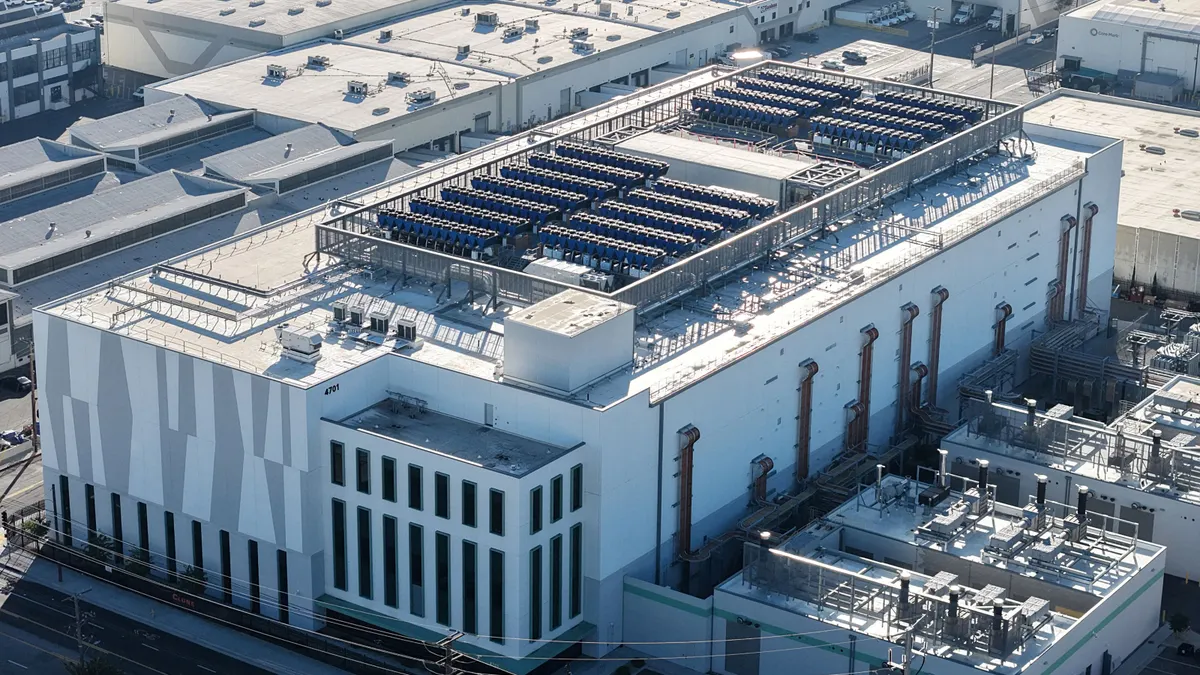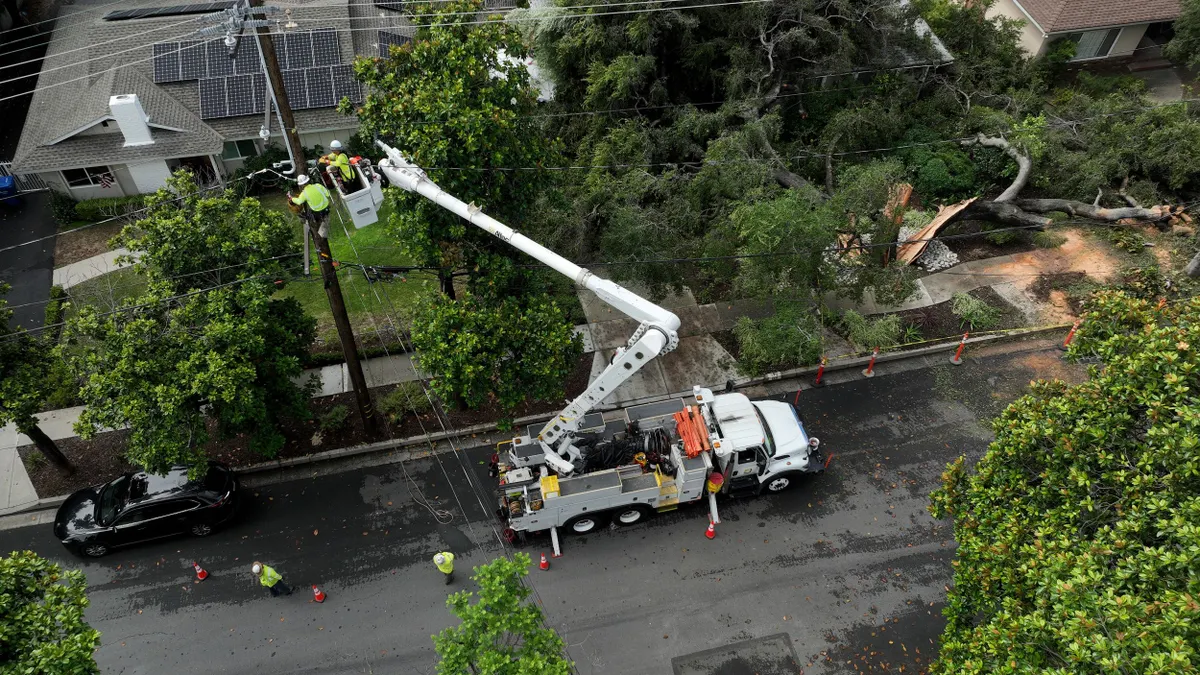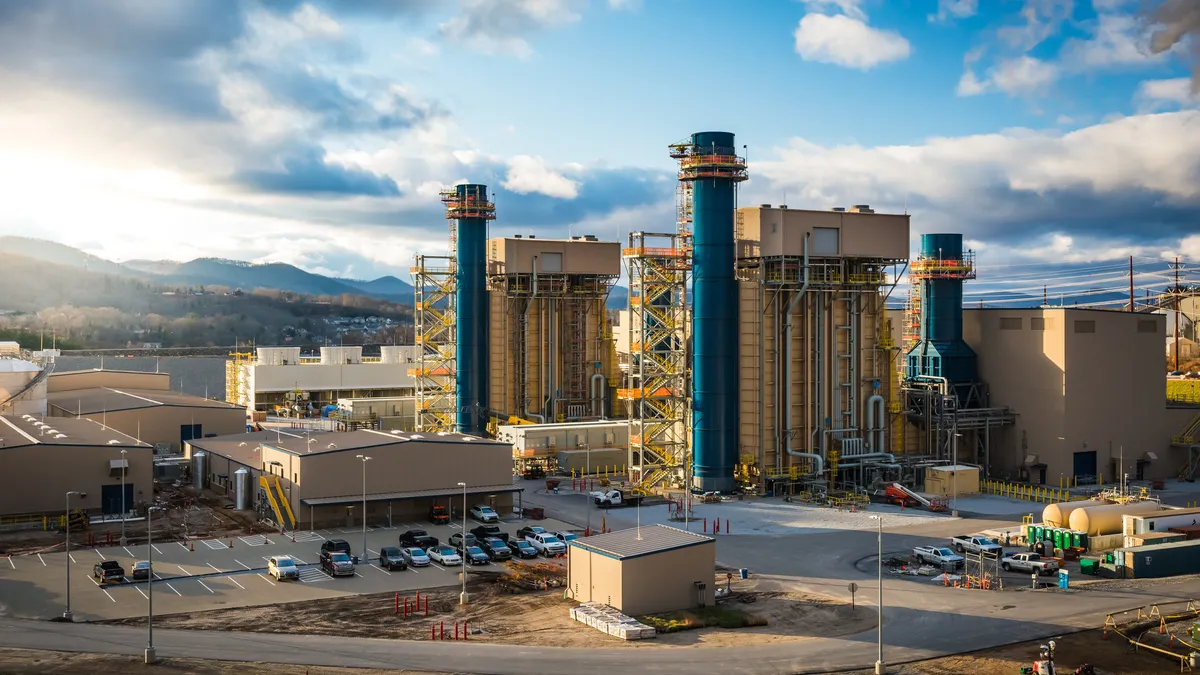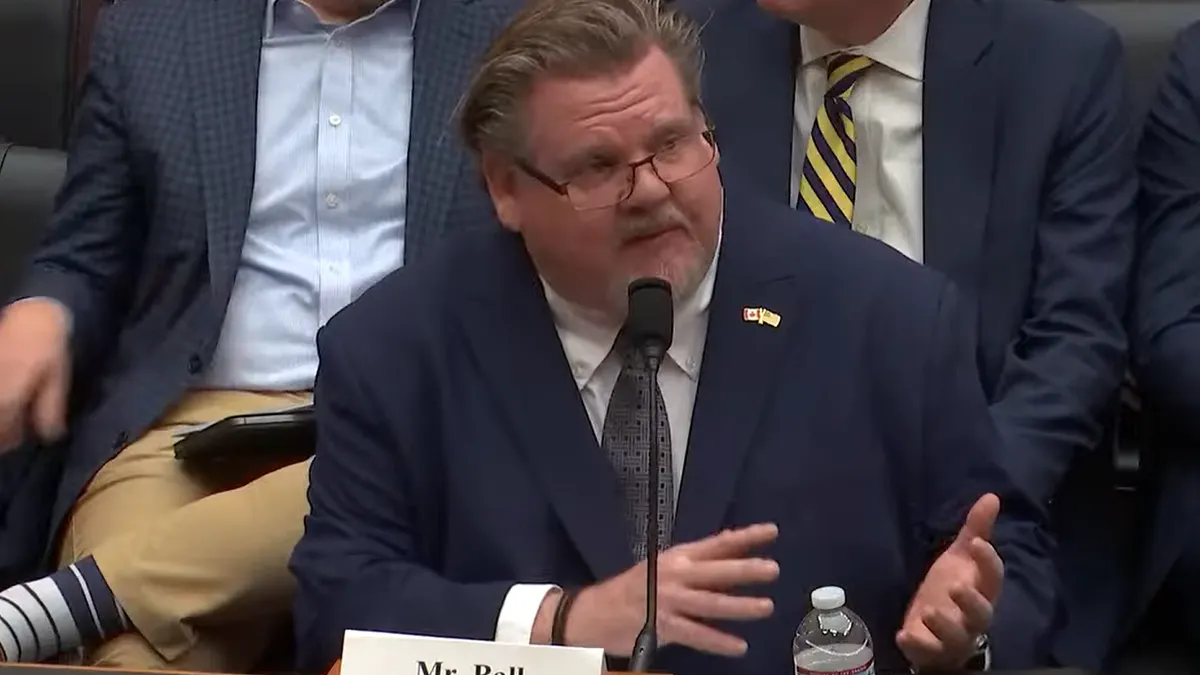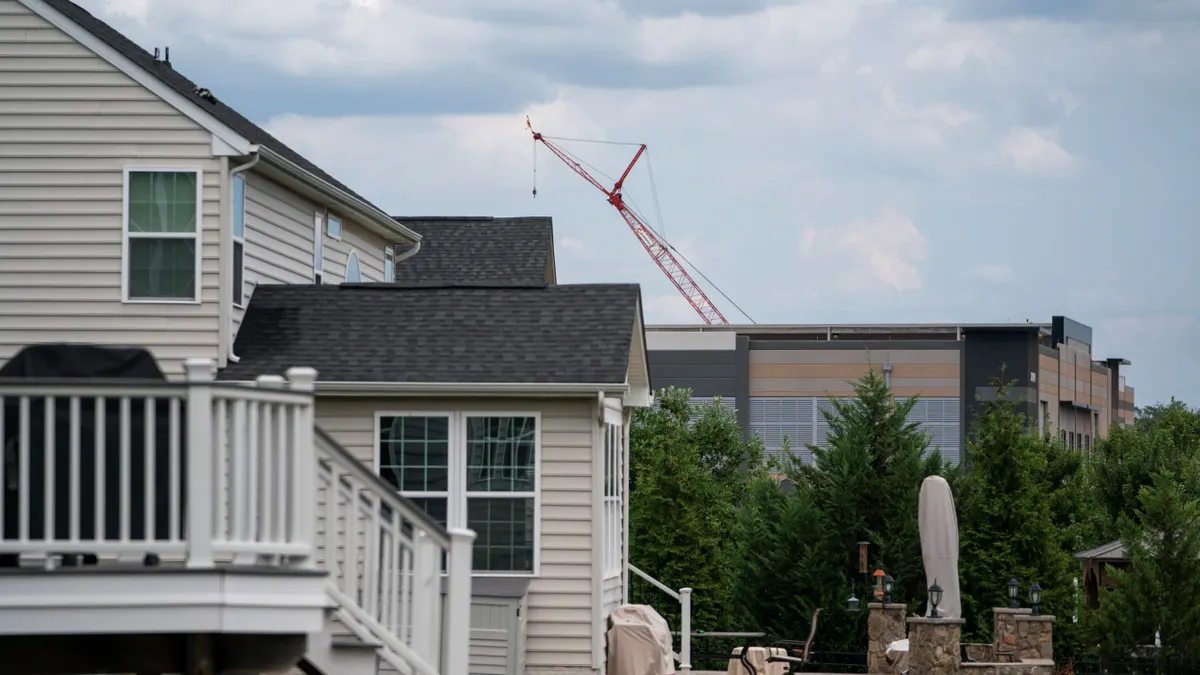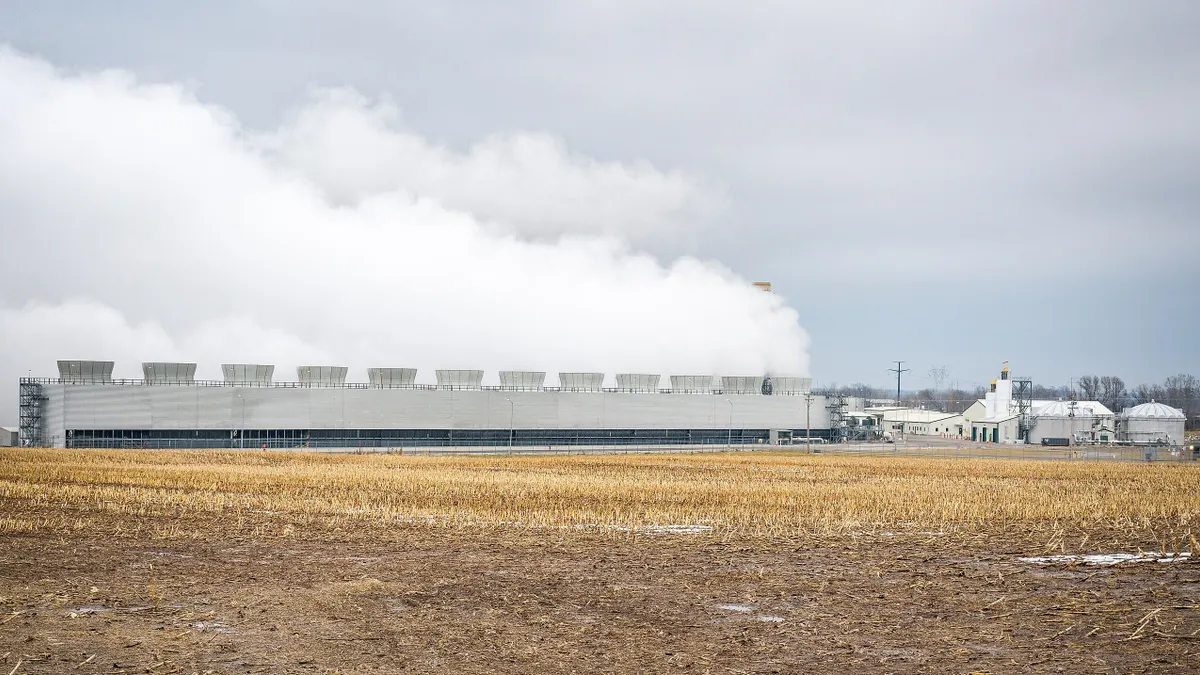Terry Fitzpatrick is a former chairman of the Pennsylvania Public Utility Commission and has held leadership positions in trade groups representing competitive generators and distribution utilities.
In Pennsylvania and other restructured states, the electric industry has been separated into competitive generators participating in federally regulated wholesale markets and distribution (i.e. “wires”) utilities that have monopoly service areas and are subject to comprehensive regulation by the states.
In the early years of restructuring, many utility holding companies owned affiliates operating in both industry segments, which naturally created some comity between the two, but the very different risk profiles of competitive generators and regulated distribution utilities led to pressure from Wall Street to separate them into independent companies. Since then, the two have grown more distant as generators embrace a culture of markets and competition, and distribution utilities favor the regulated model under which they operate.
Now distribution utilities and generators in the PJM area have come to blows over a potential generation shortage and higher wholesale capacity prices that began showing up on retail customers’ bills this year. Some distribution utilities argue that the generation shortage shows that the PJM capacity market has failed and that customers are paying higher prices and getting nothing in return. These utilities are seeking permission to build power plants in Pennsylvania and recover the costs from captive customers, which would require changes to the Commonwealth’s restructuring law passed in 1996.
Generators oppose this policy change and argue that, up until just this year, low capacity prices sent the signal that new power plants weren’t needed. They further contend that there are already positive responses in the market to the recent increase in capacity prices, with proposals to add new generating plants and to delay retirements of some existing plants. In addition to playing defense, generators hit back against distribution utilities, blaming them for higher customer bills in recent years due to increases in distribution and transmission charges.
From my perspective as a former state regulator who has since worked for both the generation industry and distribution utilities, this spat could end up hurting both industry groups. That would be unfortunate because for customers to receive reliable, affordable electricity service, both industries must be financially healthy and capable of making necessary investments in electricity infrastructure — both generating plants and the wires and other equipment necessary to deliver energy to customers.
Allowing distribution utilities to reenter the generation business would be a major policy change, and the utilities haven’t convinced many outside their own industry group that this abrupt shift is necessary or a good idea.
Generating electricity is a capital-intensive business, and it’s unrealistic to expect new iron in the ground just months after higher capacity prices have taken effect. Moreover, as generators point out, there are positive signs that the market is responding to the higher price signal and that new generating plants will be built and some planned retirements of existing plants will be delayed.
It’s also important to keep in mind the policy headwinds the generation industry faced over the past decade — government policies promoting only renewable energy and discouraging dispatchable fossil fuel-fired power plants — as PJM pointed out in its 2023 report on the potential power shortage. Ironically, if momentum were to build for allowing distribution utilities to build generation and recover the cost through regulated rates, this would further discourage investment in competitive generation.
Generation industry criticisms of distribution utility investments in wires infrastructure are similarly misplaced. It made sense for utilities to step up their spending on infrastructure — responding to oft-stated concerns about an “aging grid” — during a time of relatively low generation prices in order to minimize the impact on customers’ bills. This enhanced infrastructure investment had broad, bipartisan support in the Pennsylvania legislature and before the Public Utility Commission, and was in the best interest of customers to bolster safety and reliability.
Rather than attack each other, generators and distribution utilities should cooperate with each other — and with the natural gas industry and the broader business community — on issues such as permitting reform and environmental policies that restore an appropriate balance among considerations of energy affordability, reliability, and environmental sustainability. Such an effort would truly be in the best interest of customers.






